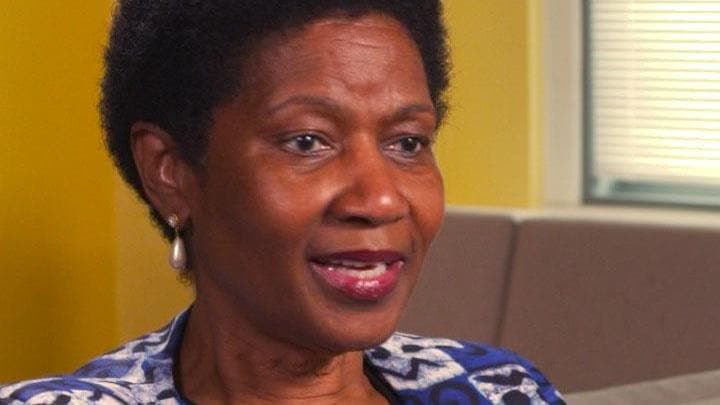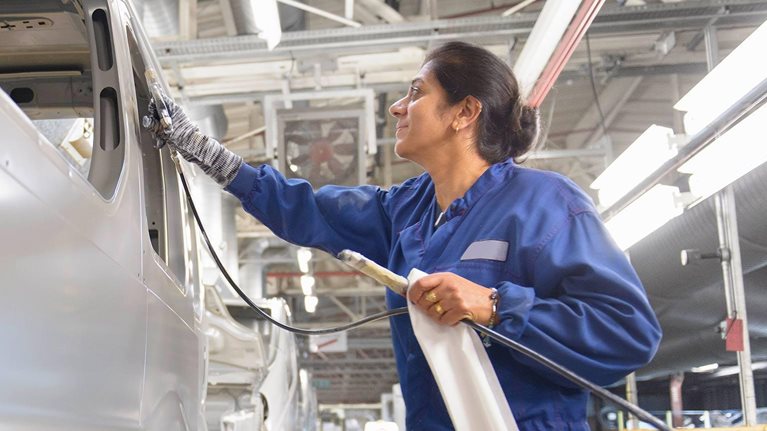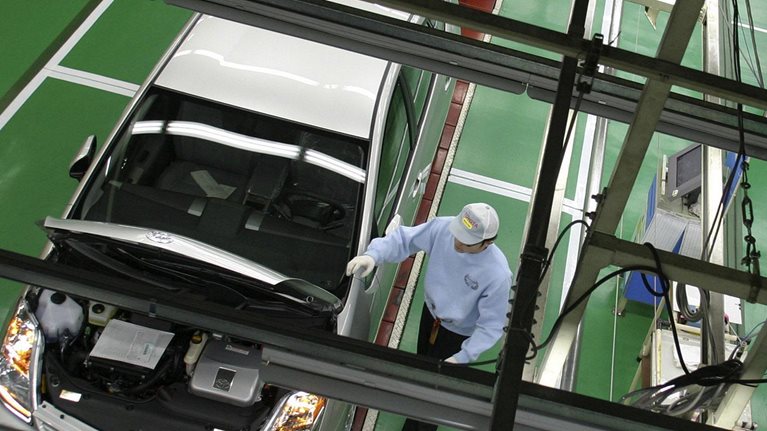Gender inequality is not only a pressing moral and social issue but also a critical economic challenge. If women—who account for half the world’s working-age population—do not achieve their full economic potential, the global economy will suffer. While all types of inequality have economic consequences, in McKinsey Global Institute (MGI) report, The power of parity: How advancing women’s equality can add $12 trillion to global growth, we focus on the economic implications of lack of parity between men and women.
A “best in region” scenario in which all countries match the rate of improvement of the fastest-improving country in their region could add as much as $12 trillion, or 11 percent, in annual 2025 GDP. In a “full potential” scenario in which women play an identical role in labor markets to that of men, as much as $28 trillion, or 26 percent, could be added to global annual GDP by 2025. MGI’s full-potential estimate is about double the average estimate of other recent studies, reflecting the fact that MGI has taken a more comprehensive view of gender inequality in work.
Even after decades of progress toward making women equal partners with men in the economy and society, the gap between them remains large. We acknowledge that gender parity in economic outcomes (such as participation in the workforce or presence in leadership positions) is not necessarily a normative ideal, as it involves human beings making personal choices about the lives they lead; we also recognize that men can be disadvantaged relative to women in some instances. However, we believe that the world, including the private sector, would benefit by focusing on the large economic opportunity of improving parity between men and women.
A look at some of the highlights from our report:
- MGI has mapped 15 gender-equality indicators for 95 countries and finds that 40 of them have high or extremely high levels of gender inequality on at least half of the indicators. The indicators fall into four categories: equality in work, essential services and enablers of economic opportunity, legal protection and political voice, and physical security and autonomy.
- We consider a “full potential” scenario in which women participate in the economy identically to men and find that it would add up to $28 trillion, or 26 percent, to annual global GDP by 2025 compared with a business-as-usual scenario. This impact is roughly equivalent to the size of the combined Chinese and US economies today. We also analyzed an alternative “best in region” scenario in which all countries match the progress toward gender parity of the fastest-improving country in their region. This would add as much as $12 trillion in annual 2025 GDP, equivalent in size to the current GDP of Germany, Japan, and the United Kingdom combined, or twice the likely growth in global GDP contributed by female workers between 2014 and 2025 in a business-as-usual scenario.

- Both advanced and developing countries stand to gain. In 46 of the 95 countries analyzed, the best-in-region outcome could increase annual GDP by 2025 by more than 10 percent over the business-as-usual case, with the highest relative regional boost in India and Latin America.
- MGI’s new Gender Parity Score (GPS) measures the distance each country has traveled toward gender parity, which is set at 1.00. The regional GPS is lowest in South Asia (excluding India) at 0.44 and highest in North America and Oceania at 0.74. Using the GPS, MGI has established a strong link between gender equality in society, attitudes and beliefs about the role of women, and gender equality in work. The latter is not achievable without the former two elements. We found virtually no countries with high gender equality in society but low gender equality in work. Economic development enables countries to close gender gaps, but progress in four areas in particular—education level, financial and digital inclusion, legal protection, and unpaid care work—could help accelerate progress.
- MGI has identified ten “impact zones” (issue–region combinations) where effective action would move more than 75 percent of women affected by gender inequality globally closer to parity. The global impact zones, which are globally pervasive issues, are blocked economic potential, time spent in unpaid care work, fewer legal rights, political underrepresentation, and violence against women. The regional impact zones, concentrated in certain regions of the world, are low labor-force participation in quality jobs, low maternal and reproductive health, unequal education levels, financial and digital exclusion, and vulnerability of female children.
- Six types of intervention are necessary to bridge the gender gap: financial incentives and support; technology and infrastructure; the creation of economic opportunity; capability building; advocacy and shaping attitudes; and laws, policies, and regulations. We identify some 75 potential interventions that could be evaluated and tailored to suit the social and economic context of each impact zone and country. Tackling gender inequality will require change within businesses as well as new coalitions. The private sector will need to play a more active role in concert with governments and nongovernmental organizations, and companies could benefit both directly and indirectly by taking action.

Would you like to learn more about the McKinsey Global Institute?
How does your country rate on gender equality? Explore our comprehensive data set on gender equality and economic growth in different regions and countries around the world on Tableau Public.


